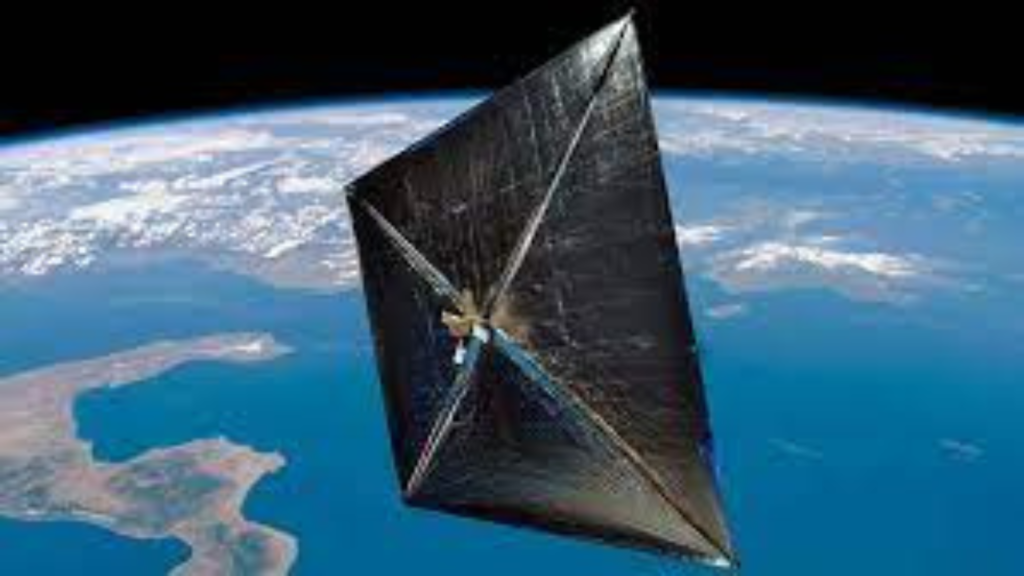Physical Address
23,24,25 & 26, 2nd Floor, Software Technology Park India, Opp: Garware Stadium,MIDC, Chikalthana, Aurangabad, Maharashtra – 431001 India
Physical Address
23,24,25 & 26, 2nd Floor, Software Technology Park India, Opp: Garware Stadium,MIDC, Chikalthana, Aurangabad, Maharashtra – 431001 India

In recent years, the undeniable impacts of climate change have become increasingly evident, with more frequent occurrences of heat waves and floods. The notion of using a large-scale “umbrella” to shield the planet and reduce sunlight has piqued the interest of scientists.
The concept of a solar shield, aimed at mitigating global temperatures, has been proposed before. However, its implementation has proven to be impractical due to the immense weight required to balance gravitational forces and solar radiation pressure, making it prohibitively expensive.
Astronomer István Szapudi from the University of Hawai’i has put forth a new and innovative solar shield idea in a published paper. He suggests using a tethered counterweight, along with a captured asteroid, to significantly reduce the mass of the shield by more than 100 times compared to previous designs. Szapudi’s goal is to decrease solar radiation by 1.7 per cent, which is estimated to prevent a catastrophic rise in global temperatures.

“In Hawaiʻi, many use an umbrella to block the sunlight as they walk about during the day. I was thinking, could we do the same for Earth and thereby mitigate the impending catastrophe of climate change?” Szapudi said.
Recognizing the potential hazards associated with altering the Earth’s atmosphere, Szapudi emphasizes the preference for space-based strategies, “Given the severity of the problem, any avenue that might lead to the partial mitigation of a catastrophe should be investigated.”
To address the unpredictability of geoengineering, Szapudi also proposes adopting “a modular and reversible approach” that involves deploying multiple smaller shields instead of relying on a single, large shield.
What are the ‘issues’ with the idea?
While his approach seems promising, the proposed shield would still weigh around 35,000 tons and would need to be launched from Earth. Presently, even the most powerful rocket, NASA’s SLS, can only carry less than 70 tons to orbit. Therefore, the solar shade, although intriguing, remains impractical as a solution for climate change.
Possible solution?
Utilizing cutting-edge, lightweight materials allows for an even more substantial reduction in the shield’s mass. Around 99% of the total mass could consist of asteroids or lunar dust, serving as an efficient counterweight. This novel approach of a tethered structure offers the advantage of being quicker and more cost-effective to construct and deploy when compared to alternative shield designs.
What do the experts say?
In a 2008 paper titled ‘20 reasons why geoengineering may be a bad idea‘, US climatologist Alan Robock likens these technologies to putting Earth on “life support,” cautioning that the potential “cure” could be worse than the initial problem.
Robock raises concerns about the uncertain repercussions of these techniques, specifically their impact on regional climates, vegetation, and solar power generation.
Additionally, he highlights the potential danger of depending too heavily on Solar Radiation Management (SRM) technologies, which might lead to a complacent approach towards reducing carbon emissions. Such a scenario could allow other detrimental effects of greenhouse gases, such as ocean acidification, to persist unabated.
References: